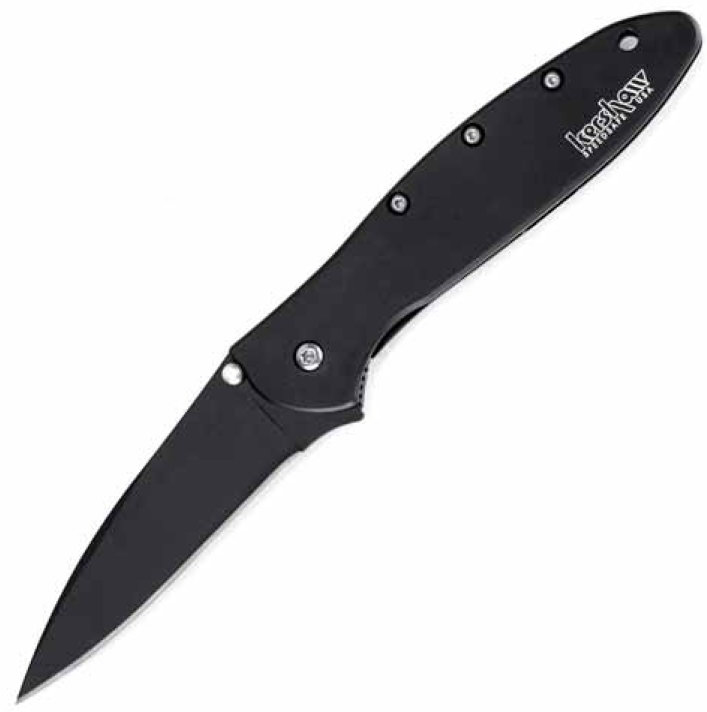In terms of compression strength, ceramics are probably the strongest materials on Earth, which is why we still use clay bricks as one of our main building materials. Beyond buildings and other established applications of traditional ceramics, there are an increasing number of uses of ceramics for consumer products that employ a growing sub-group known as advanced ceramics. Most of these lay under the skin of products rather than as part of the surface design, but the introduction of advanced ceramics, such as alumina and zirconia, into domestic consumer products highlights how they are beginning to find their way into new product arenas. The functional benefit of advanced ceramics is their extreme hardness and resistance to wear in addition to the value they bring to the consumer as an advanced technology.
However, even within the context of hard ceramics, boron carbide is serious stuff, being the third hardest material known to man. This dark grey/ black material, with the ability to be polished to such a high degree that it creates a mirrored surface, is the kind of stuff 1950s science fiction writers might have imagined flying saucers being made from. Apart from being one of the hardest materials available, when exposed to a temperature above 1100ºC (2012ºF) and not exposed to air, it is even harder than diamond, although much cheaper and far more versatile. As such, it is one of the relatively new ceramics that is changing the perception of this ancient family of materials.
Image: Kershaw boron carbide-coated knife

Key features
•Extremely high resistance to wear
•Excellent hardness
•Low resistance to thermal shock
•Excellent compression strength
•Can be polished to a mirror finish
•Low density in relation to other ceramics
•High chemical inertness and resistance to acids
•Less resistant to oxidation than silicon carbide
Sources
Turkey and the USA are the world’s largest producers of boron. Available through specialist global suppliers.
Cost
£50 ($78) per kg.
Sustainability issues
Boron carbide is non-toxic and chemically inert.
Production
Boron carbide can be processed using a number of surprisingly diverse techniques. These include conventional ceramic techniques such as dry pressing, isostatic pressing, which is suited to batch production, extrusion and slip casting for producing thin-walled, hollow shapes. It can also be machined and ground from a solid with diamond wheels to achieve complex shapes.
Many of the applications of boron carbide involve grinding media and severe environments where there is extremely high wear and tear. Naturally, these applications are based in heavy industry in applications such as seals and bearings, and turbine components. However, one of the most engaging uses is its application as body armour. A common application for boron carbide is in the nuclear power industry, as it is one of the only materials that can safely contain nuclear control rods and prevent radiation leaks.
Derivatives
Tungsten carbide.
| + | – |
|
–Incredibly hard and strong –Versatile processing –Good wear resistance –Can achieve a high polish |
–High cost so mainly limited to specialist applications |
